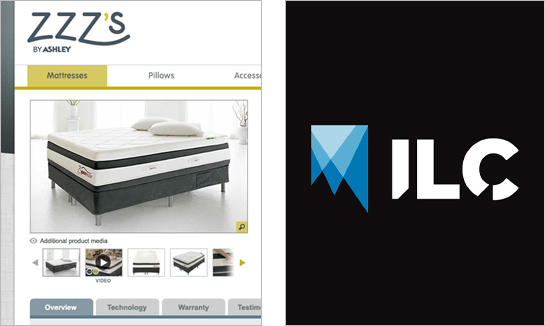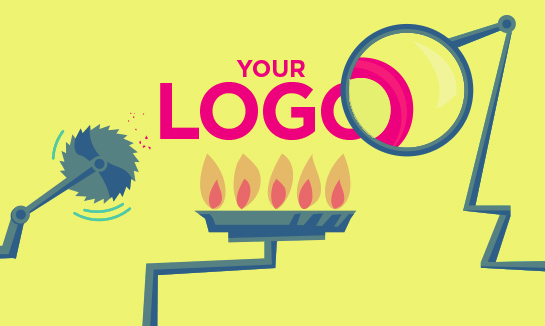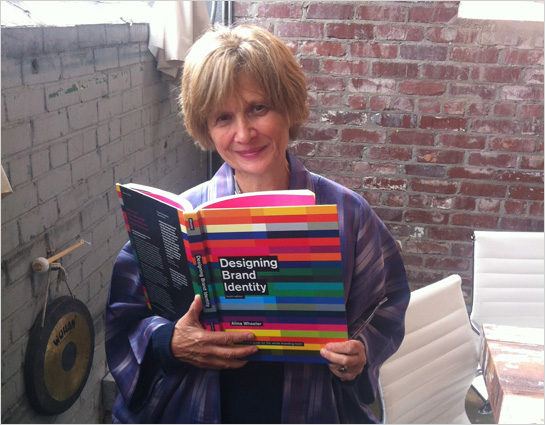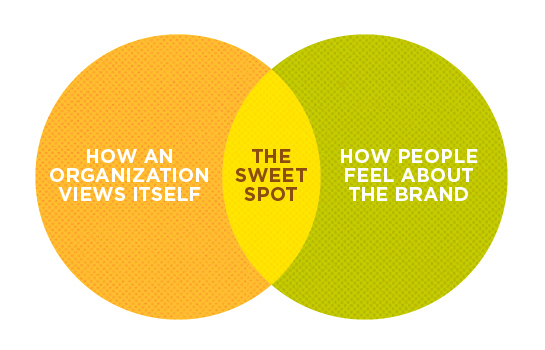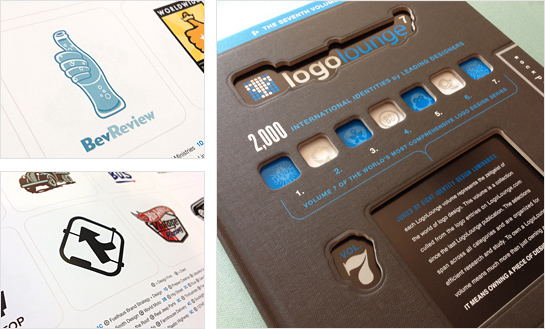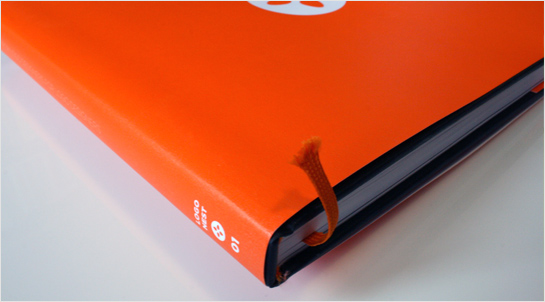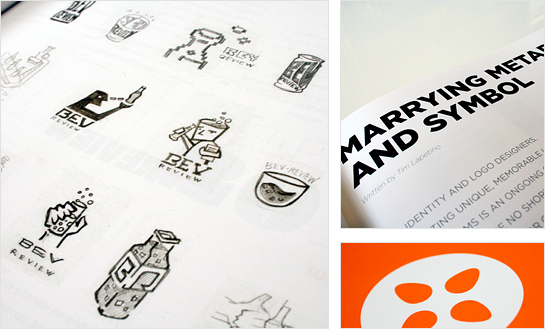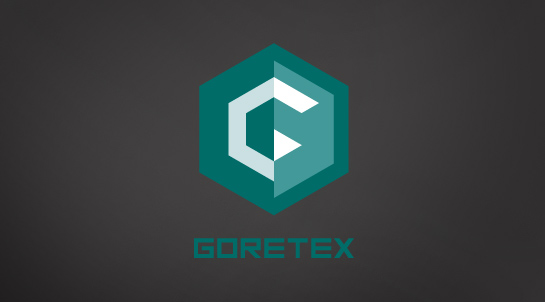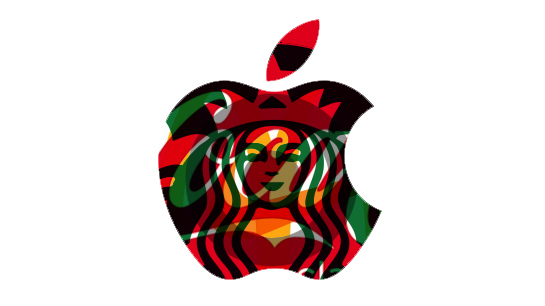
When you talk to startups, CEOs, and others, it seems like everyone wants to be the “next Apple,” “just like Nike,” or to do things “the way Starbucks does.” Admittedly, these companies are icons and have surpassed the competition to become larger-than-life brands, symbols that stand for things both larger and more sweeping than the commerce they generate. But it’s not like any of them pushed a magic icon button to make it all happen. There’s no road map to guaranteed iconic status, or our world would be vastly different, to say the least. But if we dissect these kinds of rockstar brands, and remove the lucky breaks, the passion, sweat equity, and visionary leaders, what is left? We believe there are some fundamental activities remaining that help illuminate the roads a brand must take to becoming an icon.
Read on…
